Byzantine
1/18
Earn XP
Description and Tags
Name | Mastery | Learn | Test | Matching | Spaced |
|---|
No study sessions yet.
19 Terms
Hagia Sophia
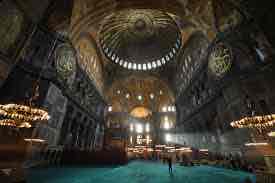
San Vitale
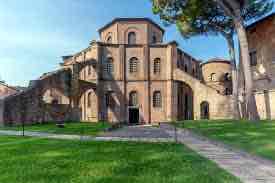
Justinian and His Retinue
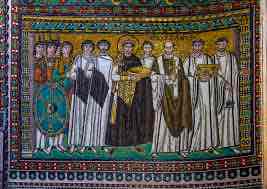
Theodora and Her Court
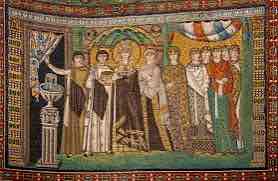
Christ Enthroned Between St. Vitalis and Bishop Ecclesius
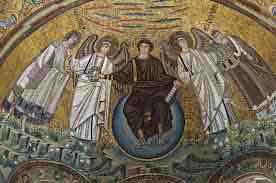
The Emperor Triumphant

Theotokos and Child Between Saints Theodore and George
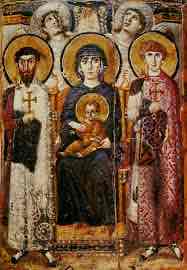
Christ as Pantokrator
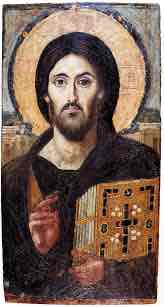
Pendentive
Triangular segment of a sphere that filled the upper corners of a room to support a dome
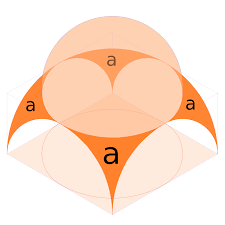
Encaustic
Painting technique that involves applying a heated wax medium mixed with pigment to a surface
Icon
Sacred images of holy figures, events, and angels that were believed to connect worshippers to Christ, Mary, or other saints.
Iconoclasm
Theological debate and a period of time when the production and use of religious images were as prohibited by imperial law
Mandorla
Almond-shaped aureole that surrounds the entire body of a holy figure
Theotokos
Virgin Mary as the Mother of God
Pantocrator
Jesus Christ as the “ruler of all” or “all-powerful”
Illuminated Manuscript
Religious documents that often depicted Christianity
Theocracy
Empire’s political ideals and goals were based on Christian values and ideals
Constantinople
The term for the Eastern half of the Roman Empire in the Middle Ages refers to the previous name of the city, Byzantium. Transformed and renamed by Constantine.
Hagia Sophia and San Vitale
Emperor Justinian, in his efforts to reunite both halves of the Roman Empire, built these churches in Constantinople and Ravenna.